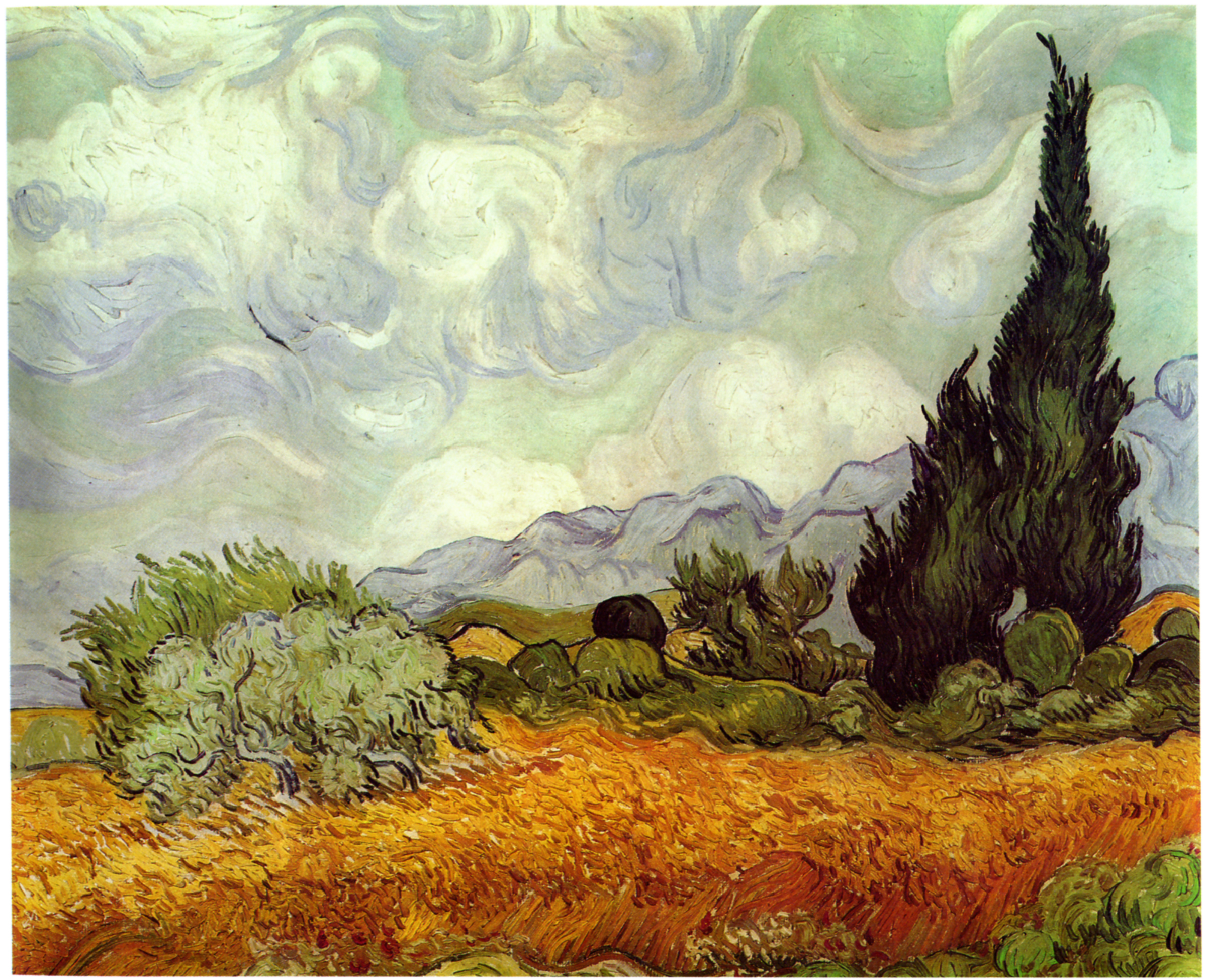The southern reaches of the Salish Sea are bordered by an
ecosystem not typically associated with the Pacific Northwest. Here in a land
fabled for its dense and dripping rainforests may be found vast prairies,
though in the modern day they are not as plentiful as they once were. Mima
Mounds is one of the few prairies open to the public in the region, as well as
perhaps the most unique. For miles the terrain is made up of rank upon rank of
rounded mounds, the origin of which is often guessed at but has never been
definitively proven. Was it ancient gophers, glaciers, or bigfoot that built
these mounds? Perhaps they are the barrows of ancient kings, their grand halls
long fallen to ruin and decay. Whatever the cause it makes for interesting
speculation as you wander through this strange landscape.
landscape a brilliant blue for the briefest of periods in the spring. However, in the past I have always managed to arrive slightly before or after the peak of the bloom. Mima Mounds is always interested, and throughout the seasons different flowers may be spied, but I was never able to sate my thirst for the experience of standing in the middle of a rippling sea of blue. Finally this year I made it, though upon initial arrival I was dismayed to find the prairie nearest the trailhead devoid of all but a few scattered flowers.
Thankfully, on the day of my visit, the nearby gun range and
model airplane club were mostly silent, save for a lone plane that occasionally
flew up to drop miniature parachutes. A few houses spoil the Wilderness feel of
Mima mounds, but if one sits in a quiet hollow a hush descends and no sign of
the modern world can be seen.
While exploring Mima Mounds, my mind strayed to fanciful
imaginings of how this landscape might be in alternate realities. If all the
land from the swamps of the Black River to the crest of the Capitol Hills had
been made a National park a century ago, how marvelous it would have been.
Ancient oaks and firs would have dotted the sprawling prairies, and flanking
this paradise would have been the towering virgin forest upon the hills.
Imagine backpacking out onto this National Park to camp beneath the spreading
limbs of an ancient oak tree; an island in the ocean of blue camas flowers with
wolves howling mournfully from the distant hills.
